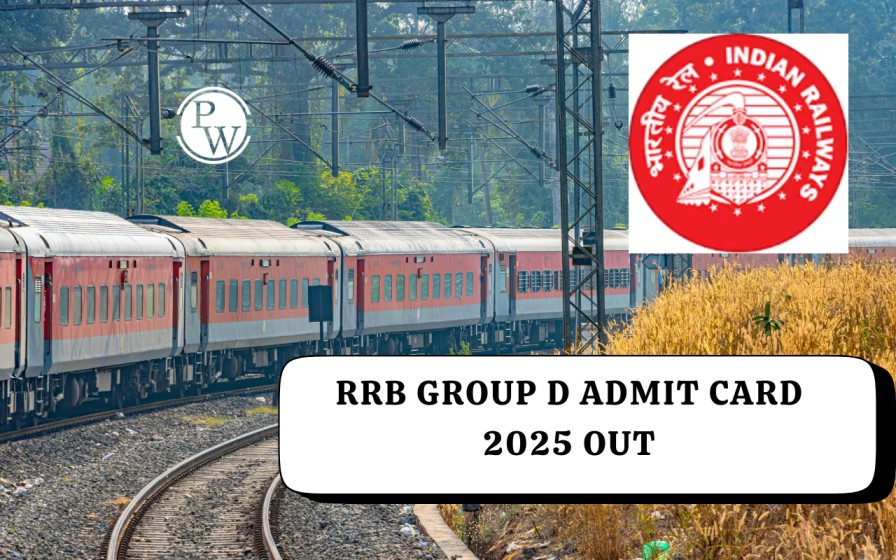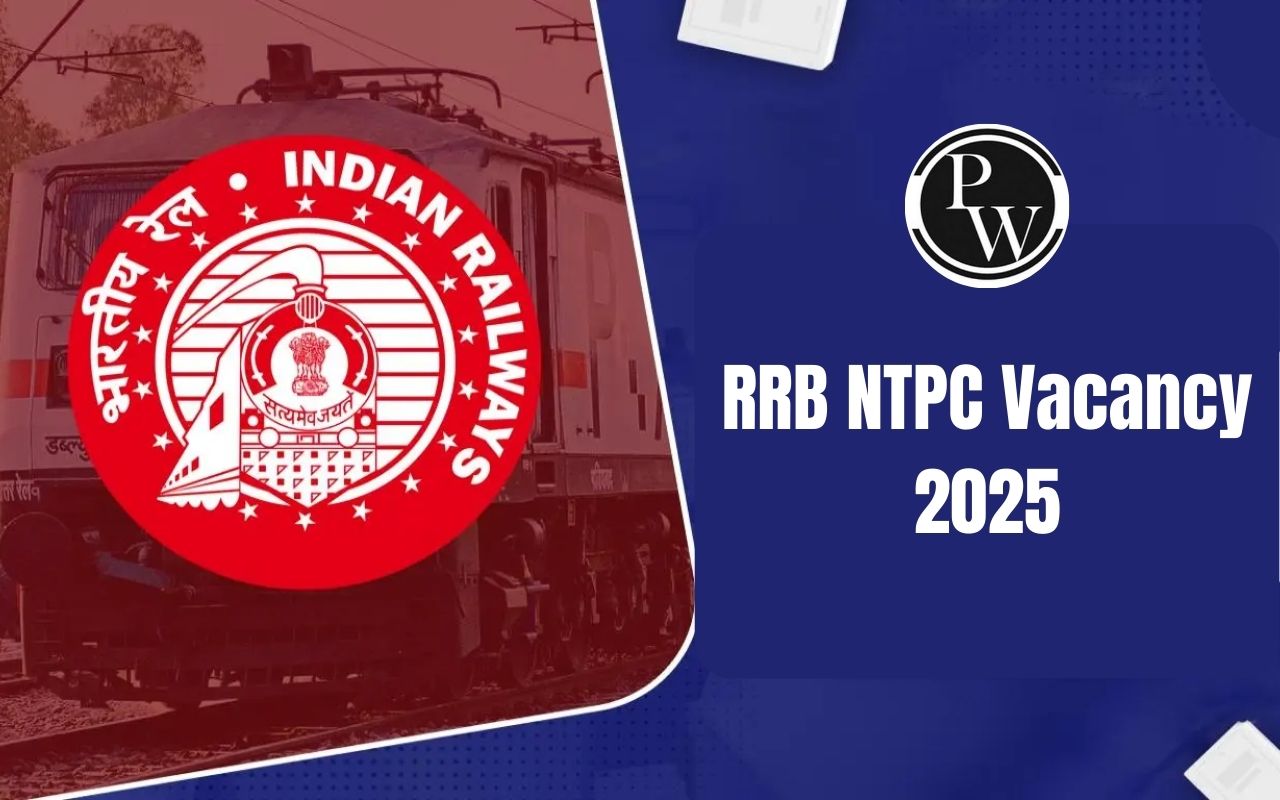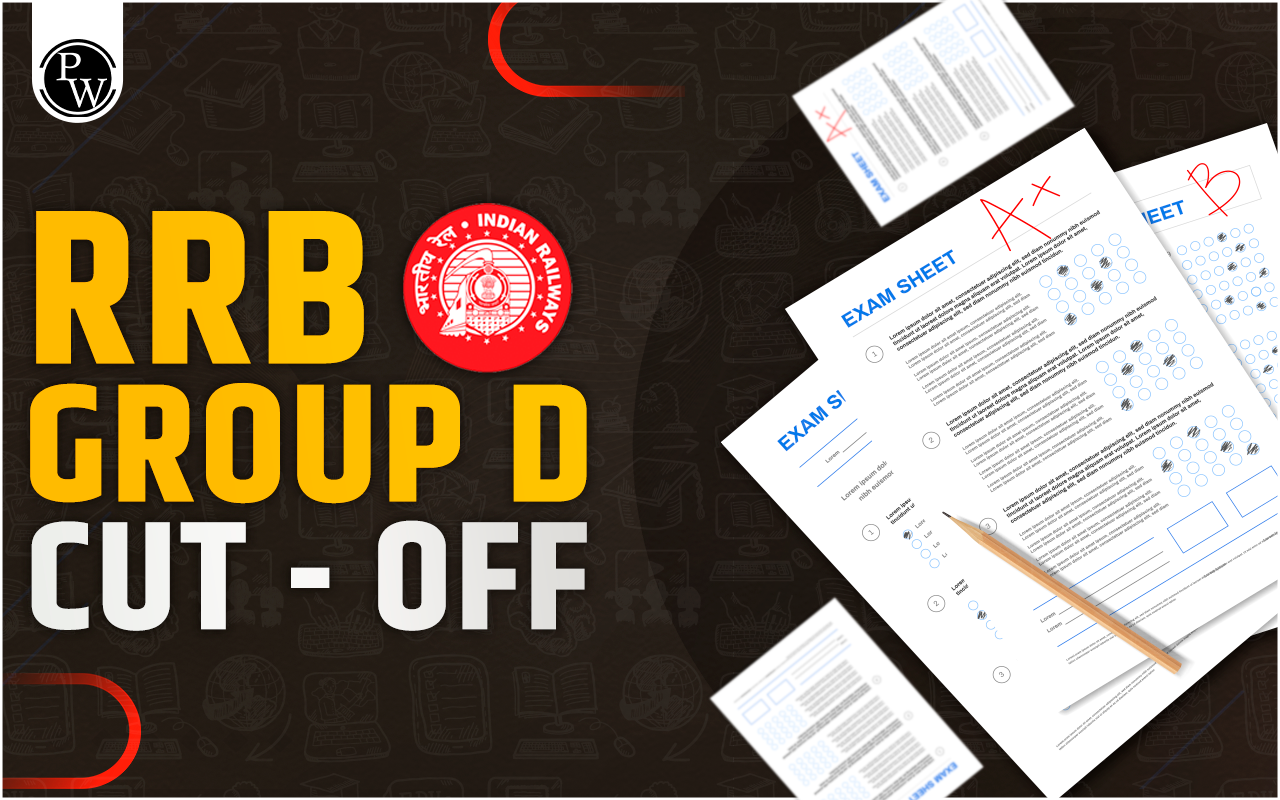
The Physical Efficiency Test in Railway Group D is a mandatory qualifying stage in the Indian Railway recruitment process for Group D posts. It is designed to assess whether a candidate has the physical stamina, strength, and endurance necessary for various technical and field-based roles. This test is conducted by the Railway Recruitment Board after candidates clear the Computer-Based Test (CBT). Check all aspects of the Railway Group D PET – its format, eligibility criteria, gender-wise criteria, preparation strategy, and role in the final selection.
What is Physical Efficiency Test in Railway Group D?
The Physical Efficiency Test in Railway Group D is a physical test that evaluates a candidate’s ability to perform basic tasks involving running and weight lifting. The test is qualifying in nature, which means no marks are awarded; however, passing the PET is essential to move forward in the recruitment process. Candidates applying for Group D posts must demonstrate physical strength and agility. Since these roles involve field duties, the PET ensures candidates are fit to handle job challenges.
RRB Group D Physical Efficiency Test Importance
The importance of the Physical Efficiency Test in Railway Group D lies in the nature of the jobs involved. Most Group D posts require physical movement, fieldwork, and the handling of heavy materials and tools. Through this test, RRB ensures that candidates are not only academically qualified but also physically prepared for the demands of their assigned roles. Failing to qualify in the PET disqualifies the candidate from proceeding to the final stages, even if they scored well in the CBT. Hence, the PET is not merely a formality but a important filter in the overall selection process.
RRB Group D Physical Efficiency Test Criteria
Candidates must complete two physical tasks during the PET, one related to running and the other related to weight lifting. The criteria vary for male and female candidates.
RRB Group D PET For Male Candidates
Male candidates must demonstrate the ability to lift and carry a certain amount of weight and complete a running task within a given time limit. Both tasks are to be completed in a single attempt without any breaks or pauses.
Requirements for Male Candidates
Before reading the table, understand that both tasks are compulsory. Failing even one task will result in disqualification.
|
RRB Group D PET For Male Candidates |
|
|
Task |
Requirement |
|
Weight Carrying |
Lift and carry 35 kg for 100 meters in 2 minutes without dropping it, only one attempt allowed. |
|
Running |
Run 1000 meters in 4 minutes and 15 seconds, only one attempt allowed. |
RRB Group D PET For Female Candidates
Female candidates have slightly different physical task requirements in PET, keeping in mind the physiological differences. However, just like male candidates, they too must qualify for both tasks in a single chance.
Requirements for Female Candidates
Before checking the table, note that these tasks are based on practical job responsibilities and must be performed under supervision during the official PET.
|
RRB Group D PET For Female Candidates |
|
|
Task |
Requirement |
|
Weight Carrying |
Lift and carry 20 kg for 100 meters in 2 minutes without dropping it, only one attempt allowed. |
|
Running |
Run 1000 meters in 5 minutes and 40 seconds, only one attempt allowed. |
Eligibility for Appearing in RRB Group D PET
Only candidates who clear the Computer-Based Test (CBT) are called for the PET. The shortlisting is typically done in a ratio of 1:3 based on the number of vacancies. That means, for every vacancy, three candidates are selected for the PET. Candidates from all categories (General, OBC, SC, ST) must appear for the PET without any relaxation in tasks. However, candidates under the Persons with Benchmark Disabilities (PwBD) category are exempted from appearing in the PET, though they must qualify in the medical examination as per their respective posts.
Important Rules for RRB Group D Physical Efficiency Test
To clear the Physical Efficiency Test in Railway Group D, candidates must follow a set of official rules. These are strictly monitored by the recruitment board during the test:
- Only One Attempt Allowed: Candidates are not allowed to retry the task. Failing on a single chance leads to disqualification.
- No Use of Support: During the weight lifting task, candidates cannot stop or rest midway. Carrying aids or support is not permitted.
- Supervised Environment: The PET is conducted under the observation of Railway Board officials to ensure fairness.
- Proper Gear Required: Sports shoes and appropriate fitness clothing are advised for safety and comfort.
- Medical Screening: Candidates may undergo a basic health check before attempting the PET.
Medical Fitness After RRB Group D Physical Efficiency Test
Candidates who pass the PET must also undergo a medical fitness test at a railway hospital. While the PET checks your ability to perform physical tasks, the medical exam ensures you have no medical conditions that could interfere with your duties. Medical Fitness Includes:
- Vision test (distance and near vision)
- General physical condition
- Hearing test
- Check for major diseases or deformities
Preparation Tips for Physical Efficiency Test in Railway Group D
Clearing the Physical Efficiency Test in Railway Group D requires preparation and physical conditioning. The tasks, although not extremely difficult, can be challenging if attempted without practice.
Running Preparation
Start running 1000 to 1500 meters daily and track your timing. Aim to complete 1000 meters comfortably under the time limit set by the RRB.
Weight Training
Practice lifting and walking with weights (preferably sandbags) of 20–35 kg, depending on your category. Begin with shorter distances and gradually cover 100 meters.
Strength Building
Add exercises such as squats, lunges, and resistance training to your routine to improve muscle strength and body control.
Consistency
Train regularly, even after the CBT. Avoid preparing only after the CBT results are declared, as building strength and stamina takes time.
Hydration and Diet
Eat a balanced diet with a focus on protein and hydration. Avoid junk food and stay physically active to maintain agility.
Next Stage After RRB Group D Physical Efficiency Test
Candidates who qualify in the PET will proceed to the document verification stage. Here, the board checks your eligibility documents, reservation category certificates (if any), and other formalities. Once verified, the candidate must clear the medical test to be considered for the final appointment. While CBT marks determine your position in the merit list, you must qualify PET and medical fitness to secure the job.
PW provides Railway exam content, including Railway Exam Blogs, sample papers, mock tests, guidance sessions, and more. Also, enroll today in the Railway Online Coaching for preparation.
What is Physical Efficiency Test in Railway Group D FAQs
Is the Physical Efficiency Test mandatory in Railway Group D?
What are the tasks in the Physical Efficiency Test for male candidates?
Can female candidates get relaxation in the PET tasks?










